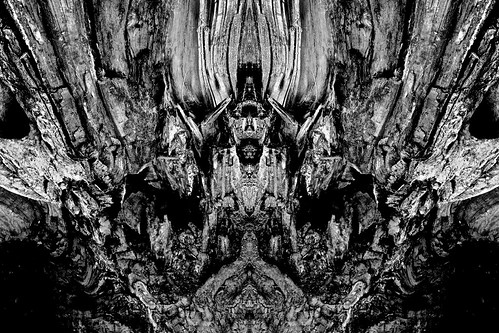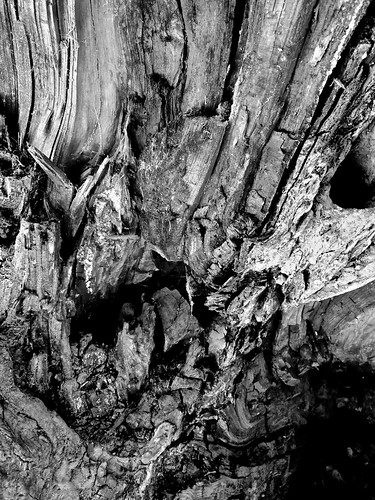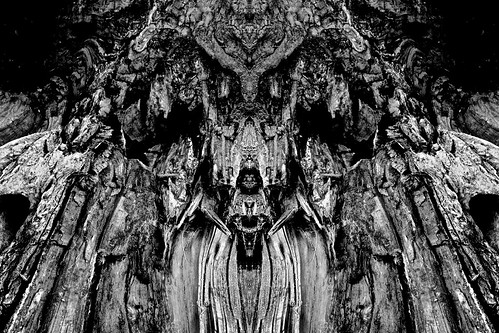Some of the profounder truths/more ineffable mysteries lurk in how things are named. Why ‘toothless’ for this image, asks Bryan:

Part of the explanation has to do with the momentary flash of inspiration to which I’ve learned to attend as I’m processing images, and which I am happy to identify as macchia (“the total compositional and coloristic effect of an image in the split second before the eye begins to parse it for meaning,” more fully adumbrated in a posting from four years agone, and thanks to Teju Cole for the word). “Toothless” was the macchia that breezed through my mind on first glance at the original image (the right-hand side of the composite mirror image above):

John also suggested that the image might be flipped:

It’s an essential component of the Homo narrans toolkit that things be given names to celebrate their essence, and perhaps to summon them (or protect against them) at need. But we must always heed Max Nigh’s Dictum: Just because we’ve named it doesn’t mean we know anything about it.
Ah! The gaping maw now looms before my eye.
And I thought you were referencing _How To Train Your Dragon_.